BMW X3 vs Land Rover Range Rover Sport – Differences & prices compared
Everyday use, family trips or long-distance drives – here’s where the differences show.
Discover whether BMW X3 or Land Rover Range Rover Sport fits your lifestyle better.
Costs and Efficiency:
When it comes to price and running costs, the biggest differences usually appear. This is often where you see which car fits your budget better in the long run.
BMW X3 has a significantly advantage in terms of price – it starts at 51300 £, while the Land Rover Range Rover Sport costs 78600 £. That’s a price difference of around 27343 £.
Fuel consumption also shows a difference: Land Rover Range Rover Sport manages with 2.70 L and is therefore barely noticeable more efficient than the BMW X3 with 2.80 L. The difference is about 0.10 L per 100 km.
As for range, the Land Rover Range Rover Sport performs distinct better – achieving up to 118 km, about 30 km more than the BMW X3.
Engine and Performance:
Power, torque and acceleration are the classic benchmarks for car enthusiasts – and here, some clear differences start to show.
When it comes to engine power, the Land Rover Range Rover Sport has a evident edge – offering 635 HP compared to 398 HP. That’s roughly 237 HP more horsepower.
In acceleration from 0 to 100 km/h, the Land Rover Range Rover Sport is clearly perceptible quicker – completing the sprint in 3.80 s, while the BMW X3 takes 4.60 s. That’s about 0.80 s faster.
In terms of top speed, the Land Rover Range Rover Sport performs slightly better – reaching 290 km/h, while the BMW X3 tops out at 250 km/h. The difference is around 40 km/h.
There’s also a difference in torque: Land Rover Range Rover Sport pulls a bit stronger with 800 Nm compared to 670 Nm. That’s about 130 Nm difference.
Space and Everyday Use:
Beyond pure performance, interior space and usability matter most in daily life. This is where you see which car is more practical and versatile.
Both vehicles offer seating for 5 people.
In curb weight, BMW X3 is noticeable lighter – 1930 kg compared to 2390 kg. The difference is around 460 kg.
In terms of boot space, the Land Rover Range Rover Sport offers a bit more room – 647 L compared to 570 L. That’s a difference of about 77 L.
In maximum load capacity, the BMW X3 performs to a small extent better – up to 1700 L, which is about 209 L more than the Land Rover Range Rover Sport.
When it comes to payload, Land Rover Range Rover Sport evident takes the win – 830 kg compared to 570 kg. That’s a difference of about 260 kg.
Who comes out on top?
Overall, the Land Rover Range Rover Sport shows itself to be leaves the rival little chance and secures the title of DriveDuel Champion.
It convinces with the more balanced overall package and proves to be the more versatile choice for everyday use.
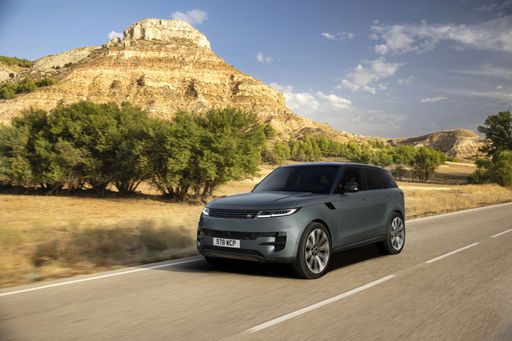
Land Rover Range Rover Sport
BMW X3
The BMW X3 stands out in the competitive SUV market with its refined blend of performance and luxury. Its interior boasts high-quality materials and a design focused on driver comfort and convenience. With a robust engine lineup, the vehicle offers a balanced driving experience that caters to both urban settings and off-road adventures.
details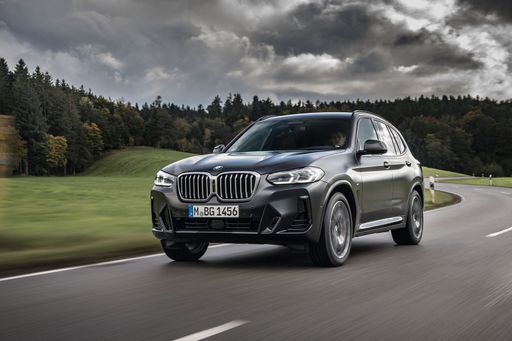 @ press.bmwgroup.com
@ press.bmwgroup.com
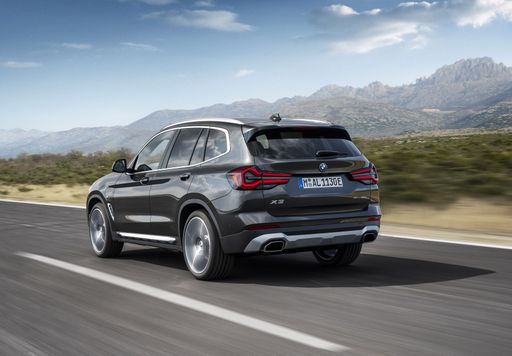 @ press.bmwgroup.com
@ press.bmwgroup.com
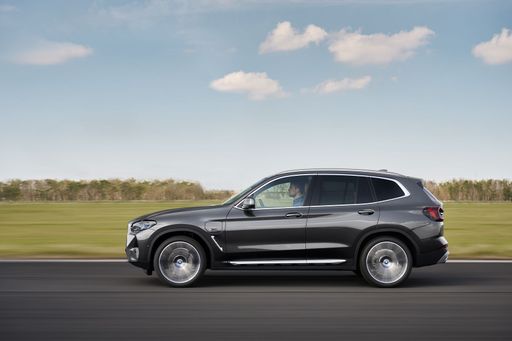 @ press.bmwgroup.com
@ press.bmwgroup.com
 @ press.bmwgroup.com
@ press.bmwgroup.com
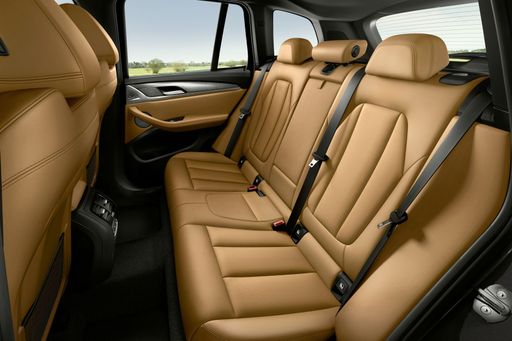 @ press.bmwgroup.com
@ press.bmwgroup.com
Land Rover Range Rover Sport
The Land Rover Range Rover Sport exudes a commanding presence, combining luxury with exceptional off-road capabilities. Its sleek, modern design is complemented by a meticulously crafted interior that offers both comfort and advanced technology. With its powerful performance and refined handling, this vehicle is ideal for both urban environments and adventurous terrains.
details @ media.landrover.com
@ media.landrover.com
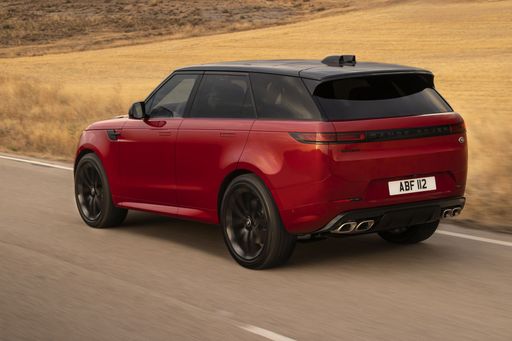 @ media.landrover.com
@ media.landrover.com
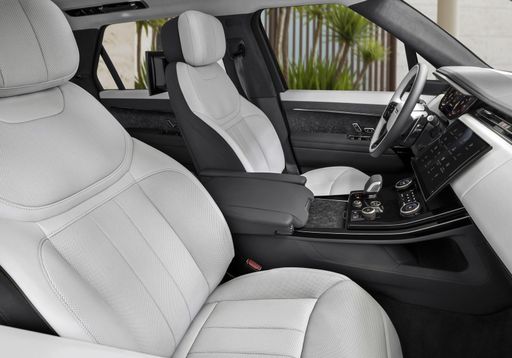 @ media.landrover.com
@ media.landrover.com

|

|
|
|
|
Costs and Consumption |
|
|---|---|
|
Price
51300 - 72400 £
|
Price
78600 - 175700 £
|
|
Consumption L/100km
2.8 - 7.7 L
|
Consumption L/100km
2.7 - 11.7 L
|
|
Consumption kWh/100km
-
|
Consumption kWh/100km
-
|
|
Electric Range
88 km
|
Electric Range
116 - 118 km
|
|
Battery Capacity
19.70 kWh
|
Battery Capacity
31.80 kWh
|
|
co2
64 - 175 g/km
|
co2
61 - 266 g/km
|
|
Fuel tank capacity
50 - 65 L
|
Fuel tank capacity
71 - 90 L
|
Dimensions and Body |
|
|---|---|
|
Body Type
SUV
|
Body Type
SUV
|
|
Seats
5
|
Seats
5
|
|
Doors
5
|
Doors
5
|
|
Curb weight
1930 - 2140 kg
|
Curb weight
2390 - 2810 kg
|
|
Trunk capacity
460 - 570 L
|
Trunk capacity
647 L
|
|
Length
4755 mm
|
Length
4946 - 4970 mm
|
|
Width
1920 mm
|
Width
2043 mm
|
|
Height
1660 mm
|
Height
1814 - 1820 mm
|
|
Max trunk capacity
1600 - 1700 L
|
Max trunk capacity
1491 L
|
|
Payload
570 kg
|
Payload
640 - 830 kg
|
Engine and Performance |
|
|---|---|
|
Engine Type
Petrol MHEV, Diesel MHEV, Plugin Hybrid
|
Engine Type
Plugin Hybrid, Petrol MHEV, Diesel MHEV
|
|
Transmission
Automatic
|
Transmission
Automatic
|
|
Transmission Detail
Automatic Gearbox
|
Transmission Detail
Automatic Gearbox
|
|
Drive Type
All-Wheel Drive
|
Drive Type
All-Wheel Drive
|
|
Power HP
197 - 398 HP
|
Power HP
249 - 635 HP
|
|
Acceleration 0-100km/h
4.6 - 7.8 s
|
Acceleration 0-100km/h
3.8 - 7.7 s
|
|
Max Speed
215 - 250 km/h
|
Max Speed
206 - 290 km/h
|
|
Torque
330 - 670 Nm
|
Torque
570 - 800 Nm
|
|
Number of Cylinders
4 - 6
|
Number of Cylinders
6 - 8
|
|
Power kW
145 - 293 kW
|
Power kW
183 - 467 kW
|
|
Engine capacity
1995 - 2998 cm3
|
Engine capacity
2997 - 4395 cm3
|
General |
|
|---|---|
|
Model Year
2024 - 2025
|
Model Year
2025
|
|
CO2 Efficiency Class
F, E, B
|
CO2 Efficiency Class
B, G
|
|
Brand
BMW
|
Brand
Land Rover
|
What drive types are available for the BMW X3?
The BMW X3 is offered with All-Wheel Drive.
The prices and data displayed are estimates based on German list prices and may vary by country. This information is not legally binding.
